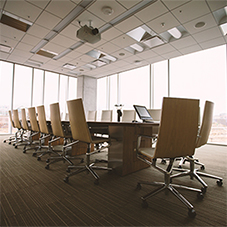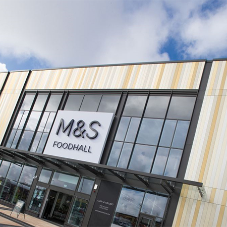Retail premises are known to be heavy consumers of energy, but by adopting good practice when building anew, fitting out and refurbishing interiors, retailers can reduce their environmental impact – and keep their costs down!
The combination of green design techniques and advanced technology can not only reduce energy consumption and environmental impact but can also reduce running costs, create a more pleasant working or living environment and boost property values.
In recent years, more and more retailers have taken steps to ensure their carbon footprint becomes smaller. Whilst the industry is yet to see a drastic move towards eco-friendly design within the UK, the construction industry is showing positive signs. According to Dodge Data and Analytics, 37% of UK developers are positive that in the next three years, green buildings will form part of their portfolio.
Environmentally friendly properties can be very cost-effective indeed, with it being reported that truly sustainable buildings can even make money. But how do you design a sustainable building?
Sustainable Buildings (also known as green construction or green buildings) refer to both the structure/materials of the building but also any materials which are used throughout a building's life-cycle: from planning to design, construction, operation, maintenance, renovation, and demolition.
To design a sustainable building, there are certain things which you can do and strategies which can be employed. For example, you can install skylights, roof Lanterns or sun tunnels within your structure to harness the power of natural daylight from roofs and bring light indoors. This creates a healthier, cost-effective and more productive environment. Skylights, roof lanterns or sun tunnels can be installed when building the premises or even retrofitted at almost any time throughout the life-cycle of the building.
When either refurbishing or building a property anew, you should ensure that the materials used are fully insulated which will help to relegate the heat levels that may escape the building. Nowadays, many modern skylights other materials are insulated to a high level and will help to keep the heat in without letting any pass through (also known as the buildings U-Values which is the measurement of the heat transmission through a building (such as a wall, roof or window) or a given thickness of a material (such as insulation).
You should also consider green roofs and walls – they come in many shapes and sizes, can be installed on new buildings or applied to existing roofs. Green roofs and walls are especially good for the environment: they create a natural habitat for flora and fauna in built up areas, as well as attracting insects such as butterflies, beetles and bees. They’re good for birds and other small wildlife too. Green roofs are perfectly manufactured environments to promote biodiversity and make up for lost green areas within cities. And they have financial benefits too: increased thermal insulation, a reduced carbon footprint and increased roof lifespan.
Sure, developing a sustainable structure is not always an easy task, but it is definitely something that everyone should aspire to do. After all; it not only looks after your carbon footprint, but the wellbeing of the community where the retail building is!
Like this? Check out our Retail Construction Hub for more resources!
Related Blog Articles



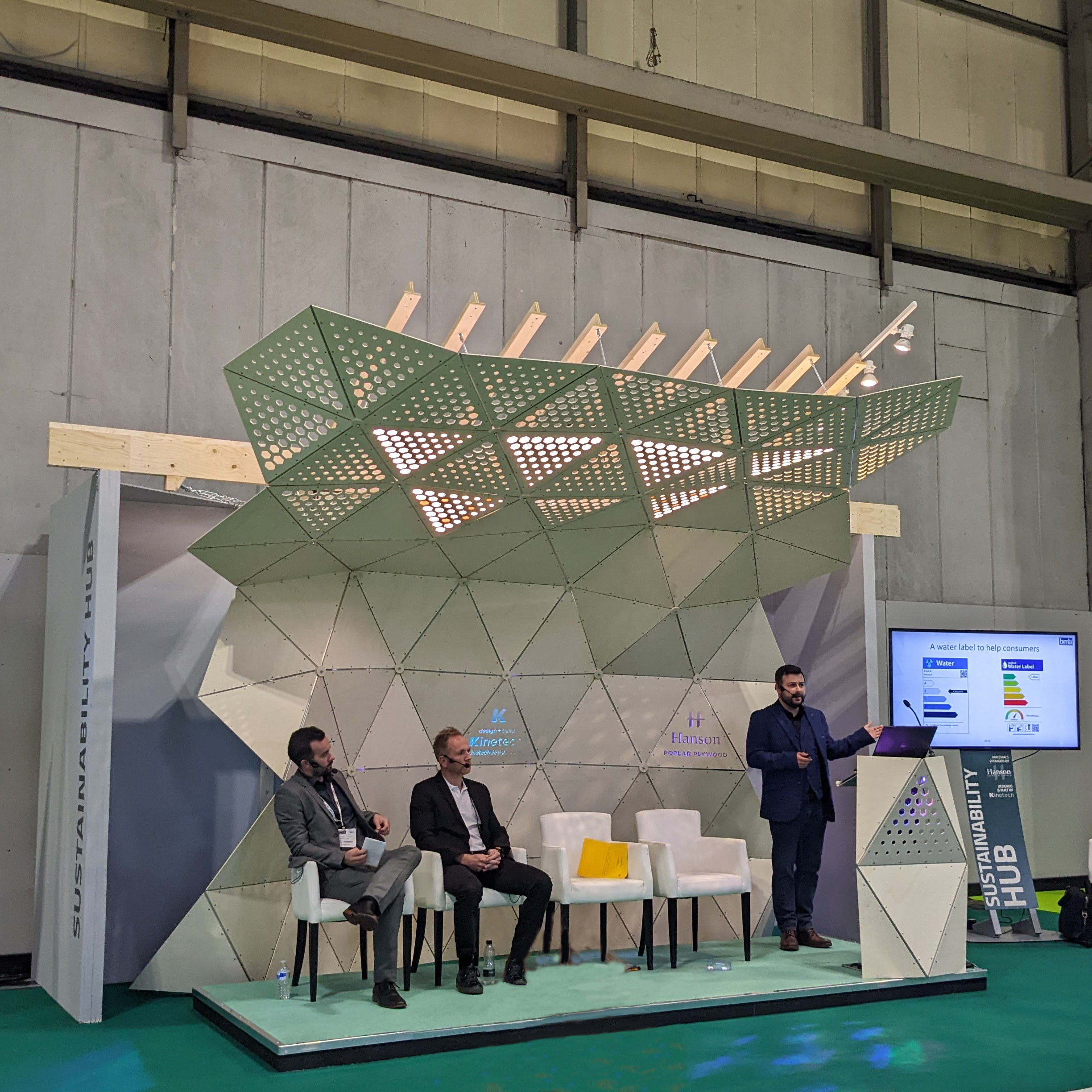


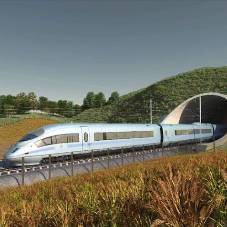
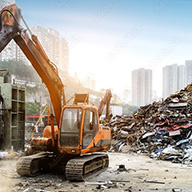


![Commercial & Retail Sector Market Overview [INSIGHT] Commercial & Retail Sector Market Overview [INSIGHT]](/20/blogentry/00/05/55/th555.png)
